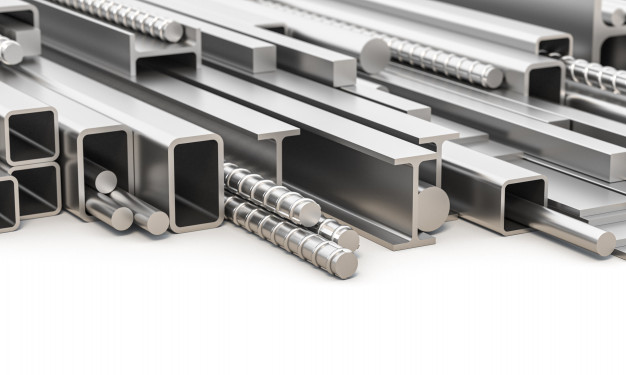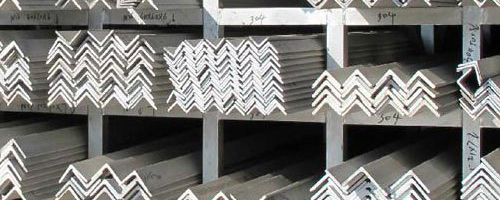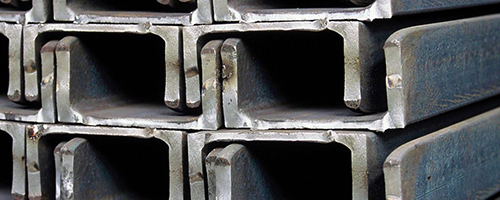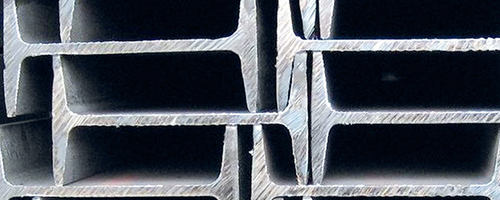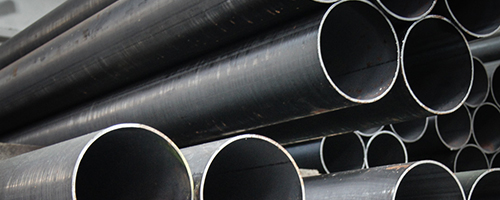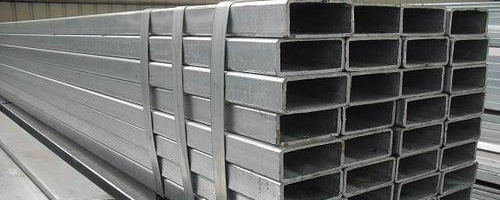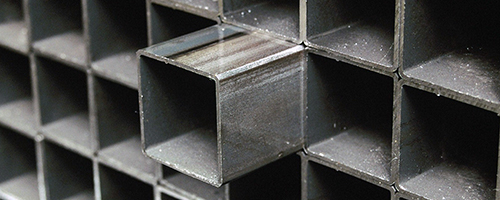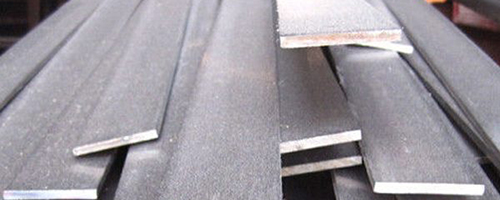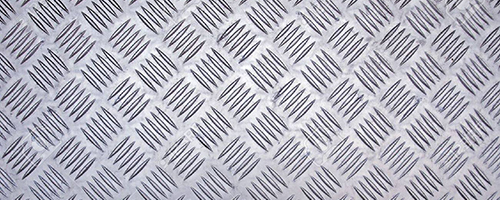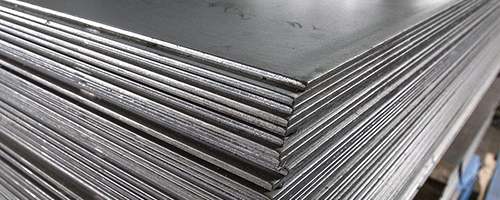Due to the more expensive steel, engineers and designers usually ignore its many advantages. These advantages will often justify the primary investment in steel as the material will possibly give you the best value over the life span of the steel fabrication work.
100% Recyclable
A lot more organizations are selecting to remain aware of the outcome that they are having on their areas at large. Around 50% of steel comes from earlier melted steel scraps, minimizing waste.
Easy Fabrication
Utilizing steel is only a problem in case your fabricator is dealing with outdated tools. By using modern tools, steel can be cut, welded, and everything in-between easily.
Corrosion Proof
Being corrosion-proof effects the overall worth and long-term investment in dealing with steel. Chromium enables the steel to remain proof against corrosion while different levels of alloy effect corrosion in various settings. For usage in damp elements, lower grades of alloy perform best. For use close to acid and alkaline solutions, a better alloy grade is the perfect option.
Fire and Heat Proof
Putting more value on your long-term investment of steel is its potential to deal with fire and heat. Choosing high chromium and nickel-alloyed levels allow you to use steel efficiently in boilers, valves, feed water heating units along with other heat exchangers.
Long-Term Value
The long-term value of utilizing steel far outweighs the primary investment that usually turns the uninformed away. The life cycle expense ought to always be an element of the judgments. Selecting a maintenance-free product like steel enables you to focus on an excellent process and product.
View more here: Promec Engineering Pty Ltd
What is steel?
Steel is an alloy of iron and carbon comprising lower than 2% carbon and 1% manganese and small quantities of silicon, phosphorus, sulfur, and oxygen. Steel is the world's most essential engineering and structure material.Benefits of Steel Fabrication
Similar to other metal available, steel has its negatives. Large primary cost, implications of managing the metal without high-quality equipment, and problems in welding the metal rank high because of the most popular negatives. The reason steel value considering is the fact that the benefits far outweigh the negatives of working with this reliable metal.100% Recyclable
A lot more organizations are selecting to remain aware of the outcome that they are having on their areas at large. Around 50% of steel comes from earlier melted steel scraps, minimizing waste.
Easy Fabrication
Utilizing steel is only a problem in case your fabricator is dealing with outdated tools. By using modern tools, steel can be cut, welded, and everything in-between easily.
Corrosion Proof
Being corrosion-proof effects the overall worth and long-term investment in dealing with steel. Chromium enables the steel to remain proof against corrosion while different levels of alloy effect corrosion in various settings. For usage in damp elements, lower grades of alloy perform best. For use close to acid and alkaline solutions, a better alloy grade is the perfect option.
Fire and Heat Proof
Putting more value on your long-term investment of steel is its potential to deal with fire and heat. Choosing high chromium and nickel-alloyed levels allow you to use steel efficiently in boilers, valves, feed water heating units along with other heat exchangers.
Long-Term Value
The long-term value of utilizing steel far outweighs the primary investment that usually turns the uninformed away. The life cycle expense ought to always be an element of the judgments. Selecting a maintenance-free product like steel enables you to focus on an excellent process and product.
View more here: Promec Engineering Pty Ltd







